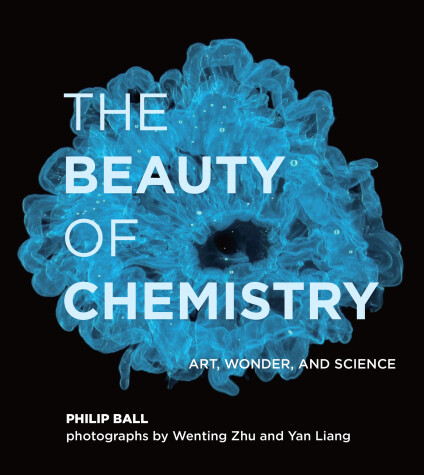Reviewed by annieb123 on
The Beauty of Chemistry is a beautifully illustrated coffee-table book homage to the artistic side of chemistry. Released 11th May 2021 from MIT Press, it's 392 pages and is available in hardcover and e-book formats.
This is an extremely graphics heavy book full of awe inspiring and beautiful photos and illustrations. There are some chemistry concepts included in layman accessible language, but it's not in any way a textbook of chemistry. The text, engaging and erudite, by Philip Ball is worth the price of admission, but it's the stunning illustrations which kept me turning the pages. They are sublime; from the most mundane (CO2 bubbles in a soft drink) to the most exotic, the photos are arresting.
Whilst I enjoyed all the chapters (arranged roughly thematically: bubbles, crystals, precipitation reactions, dendritic growth, combustion, electrochemistry, plant chromatism, heat reactions, organic chemistry, and patterns), it was the appendices, and especially the molecule models which I really enjoyed. The molecules were rendered in the space-filling 3D models familiar to every student of chemistry, and the explanations were understandable and informative. Reading and looking at these would make a fun game even for very small children who would almost certainly love seeing them (and learning them) again and again with a willing adult.
Because of the colorful photography and graphics heavy format, the hardcover format would be a much better choice than e-book format.
Five stars, with the codicil that this is not a textbook of chemistry. It would make a superlative choice for public, classroom, or home library.
Disclosure: I received an ARC at no cost from the author/publisher for review purposes.
Reading updates
- Started reading
- 11 May, 2021: Finished reading
- 11 May, 2021: Reviewed
